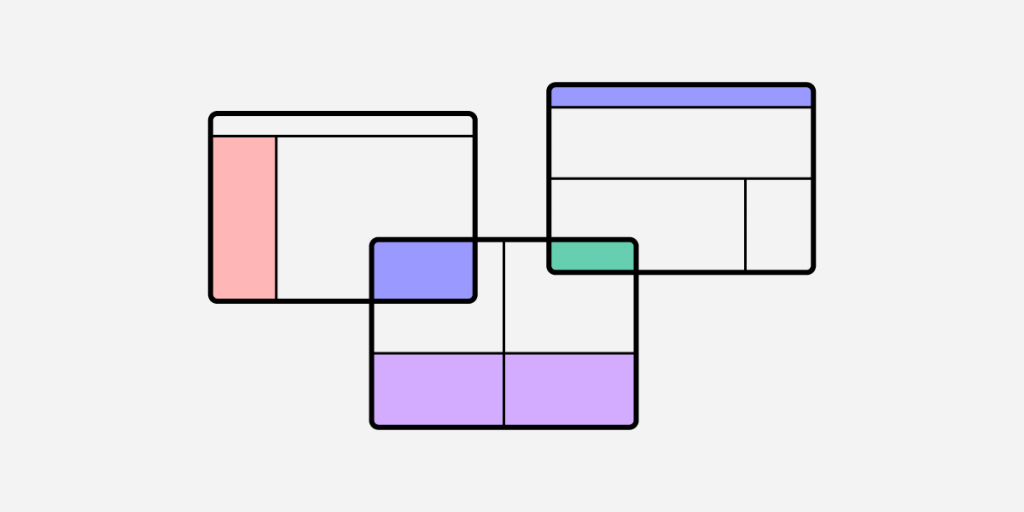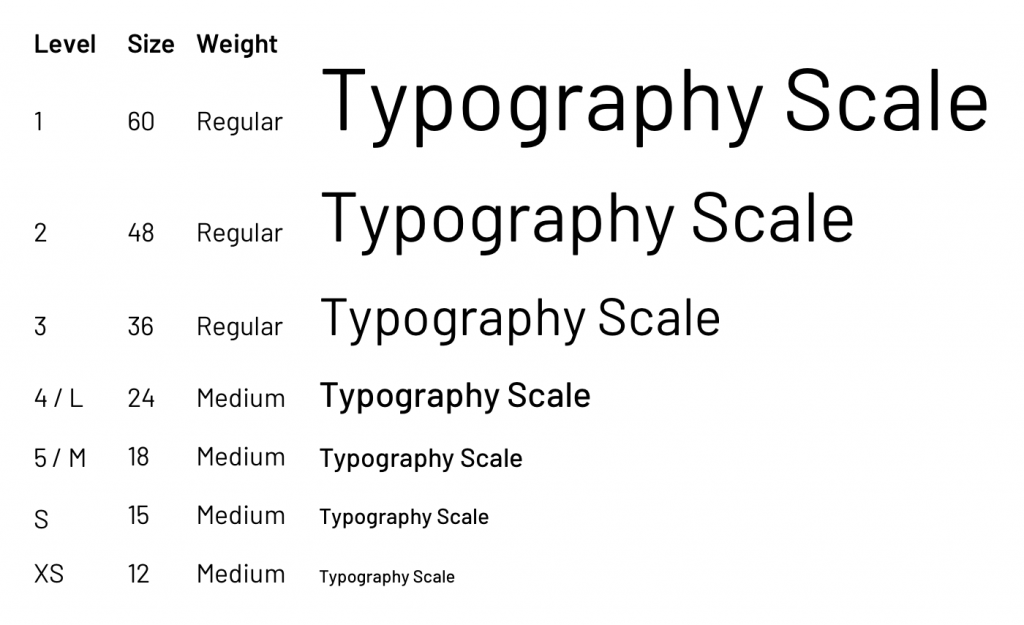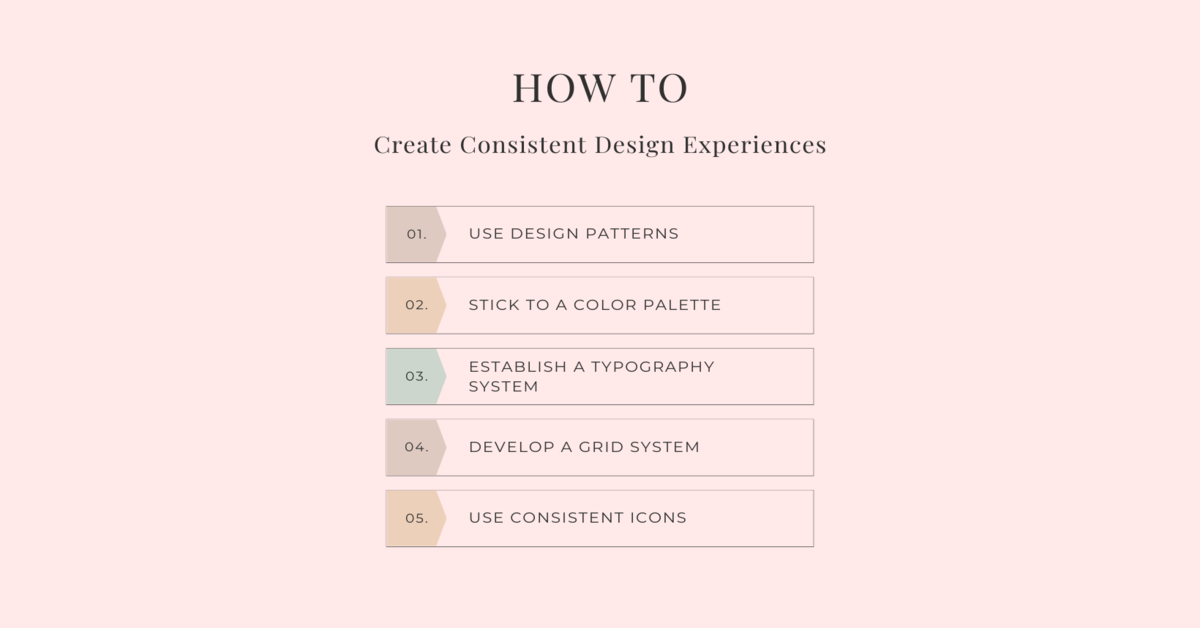Design consistency is essential for creating user experiences that are both enjoyable and memorable. It is not just about having the same fonts, colors, and graphics throughout a product, but also about creating a cohesive user experience across multiple platforms and devices. In this article, we will discuss the importance of design consistency and how to create consistent design experiences across multiple devices and platforms. We will look at how to apply the principles of good design, as well as how to use specific design tools to ensure a cohesive, consistent user experience.

Use Design Pattern
Design patterns are a collection of UI elements and interactions that can be used to create consistent experiences across different platforms. By using the same design patterns consistently, you can ensure that users have a consistent experience regardless of device or platform. They also make it easier to identify, understand, and use design elements. By having a set of established patterns, a designer can quickly identify and use the right pattern for a given situation.

Stick to a Color Palette
Sticking to a color palette when creating a design helps to create a consistent design experience that resonates with viewers. By limiting the colors used to a specific palette, the design has a set of visual cues that repeat throughout the design, creating a unified look and feel across the entire project. This consistency allows viewers to recognize the design quickly and easily, making it easier for them to understand and interact with the design. Take a look at these exciting color trends in 2023 Artmeet.

Establish a Typography System
When designing a website, it is essential to consider the typeface, font size, and spacing between elements. By establishing a typography system, a designer can create a unified look and feel for a website that is easy to read and understand. To ensure a consistent design experience, the typography system should be applied to all elements of the website. The typeface should remain consistent throughout, and font sizes and spacing should remain consistent for each element.

Develop a Grid System
When using a grid system, designers will create a structure of columns and rows to organize the content. This structure can be used to create an orderly and consistent layout that can be used across different platforms. Grid systems will often help to keep the design elements within the page aligned, which helps to create a unified and cohesive look. It allows for a designer to create a visually pleasing, organized layout that can be used to present content in an easy to use and understandable way.

Use Consistent Icons
Icons are a great way to help them quickly identify the purpose of a button or link without having to read through the text. Consistent icons also give the user a sense of familiarity and make it easier for them to remember where certain functions are located. By using a consistent icon language across all platforms, users can quickly recognize and understand the meaning of the icons they are seeing, without having to guess or figure it out.
Conclusion
Creating consistent design experiences is an important factor in successful user experiences and should not be overlooked. With the right tools, resources, and knowledge, you can create a consistent design experience that will benefit your product or service in the long run. A successful design experience will result in users coming back to your product or service. Discover the relationship between UI and UX Design here.

